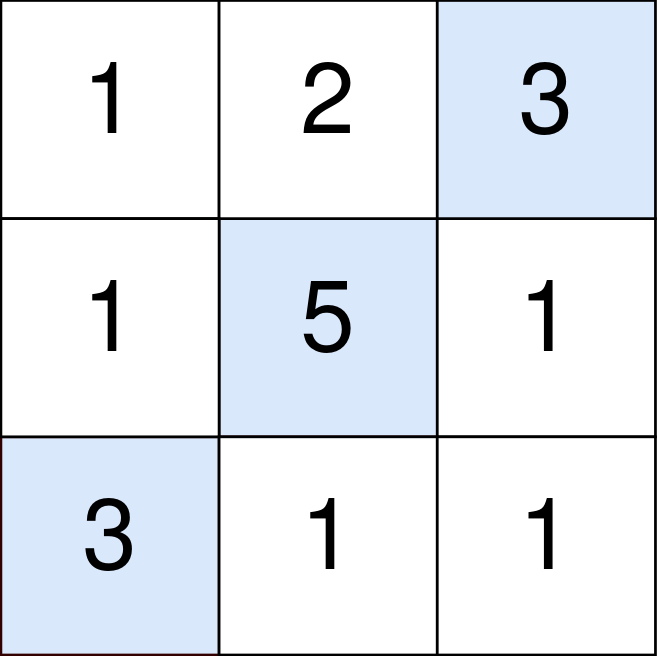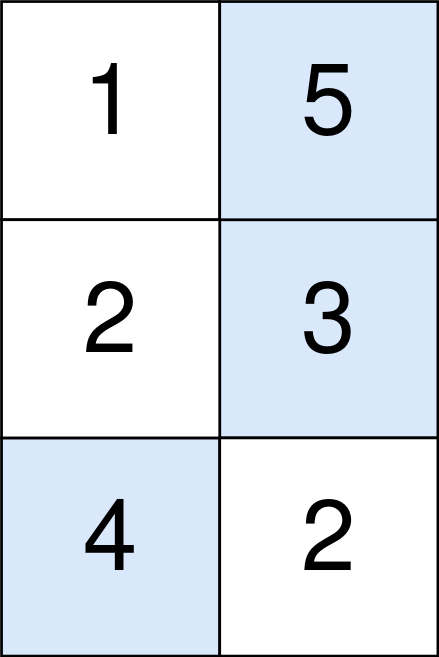Implement a SnapshotArray that supports the following interface:
SnapshotArray(int length) initializes an array-like data structure with the given length. Initially, each element equals 0.
void set(index, val) sets the element at the given index to be equal to val.int snap() takes a snapshot of the array and returns the snap_id: the total number of times we called snap() minus 1.
int get(index, snap_id) returns the value at the given index, at the time we took the snapshot with the given snap_idExample 1:
Input: [“SnapshotArray”,”set”,”snap”,”set”,”get”]
[[3],[0,5],[],[0,6],[0,0]]
Output: [null,null,0,null,5]
Explanation:
SnapshotArray snapshotArr = new SnapshotArray(3); // set the length to be 3
snapshotArr.set(0,5); // Set array[0] = 5
snapshotArr.snap(); // Take a snapshot, return snap_id = 0
snapshotArr.set(0,6);
snapshotArr.get(0,0); // Get the value of array[0] with snap_id = 0, return 5
Constraints:
1 <= length <= 50000
At most 50000 calls will be made to set, snap, and get.0 <= index < length
0 <= snap_id <(the total number of times we call snap())*
0 <= val <= 10^9题目大意:
设计一个数据结构支持数组的快照
Binary Search解题思路(推荐):
暴力法是每次快照时候,将当时的数组的所有值存入dict中,key为(snap_id, index), value为数组值,得到MLE
后来考虑用二分法优化snap,将数值跟前值不同才存入历史记录,但得到TLE,应该是因为snap时间太长,因为要遍历整个数组
所以应该将存入历史这一步放在set中,每次值改变才存入历史记录,虽然一个snap_id可能会存入多值,大部分是不需要,因为同一个snap_id应该取最新值,但这样设计费了空间,省了时间。
解题步骤:
N/A
注意事项:
- 历史记录为3d数组,第一维为数组index, 第二维为所有历史记录,第三维为每一个记录为[snap_id, value]。由于数组初始值为0,所以初始历史记录为[-1, 0]
- snap_id和题目要求的id差1,比如第一次call snap为0,但是之前的snap应该为-1
- 最容易错的在于二分法,要先将snap_id + 1,比如[-1, 0], [0, 5], [0, 6], [0, 2], [1, 1], [1, 4]…找snap_id = 0的值也就是要找最后的,所以先加1,找到[1, 1]再下标减1
Python代码:
1 | class SnapshotArray(TestCases): |
算法分析:
get时间复杂度为O(logn),空间复杂度O(n), 数组某值n更改次数
暴力法算法II解题思路(不推荐):
Python代码:
1 | def __init__(self, length: int): |







